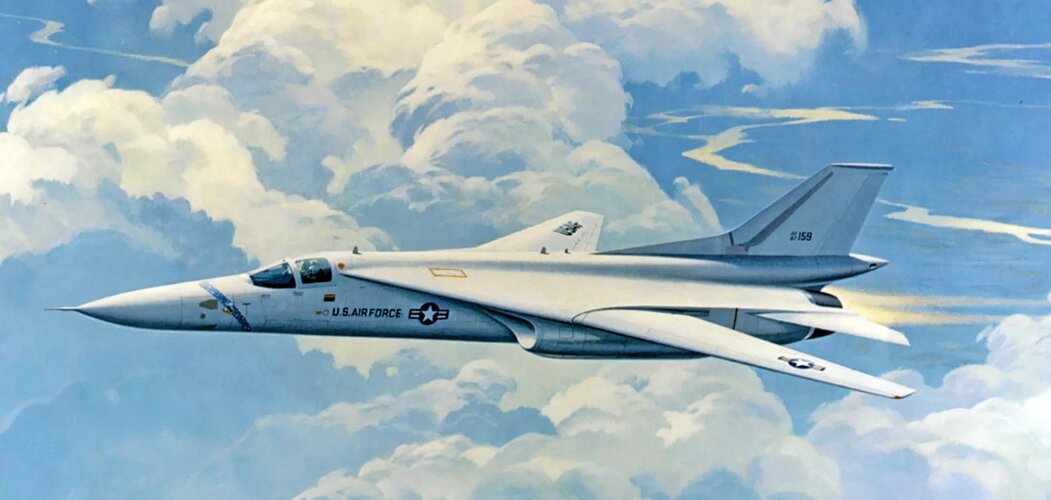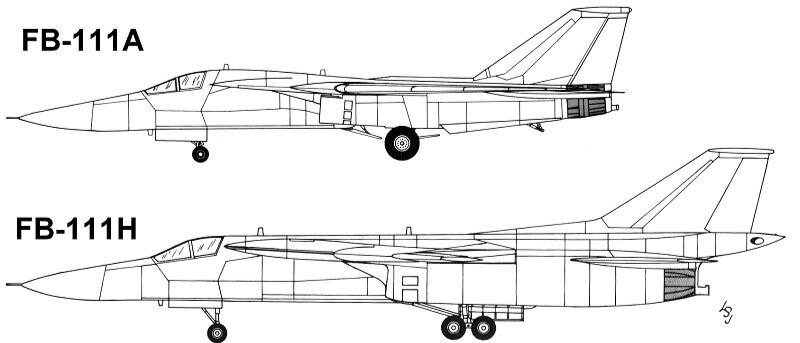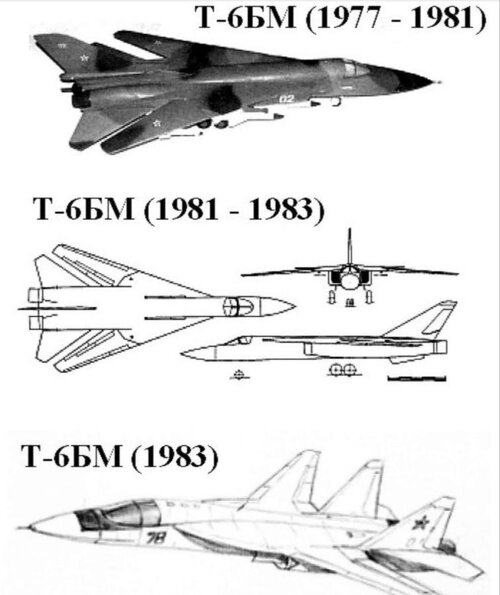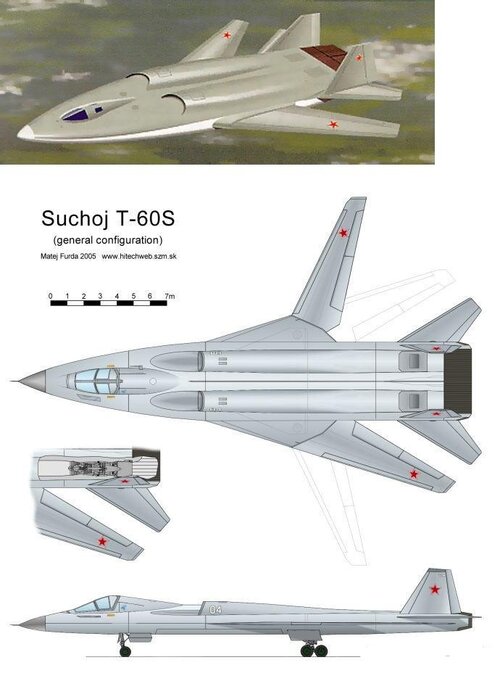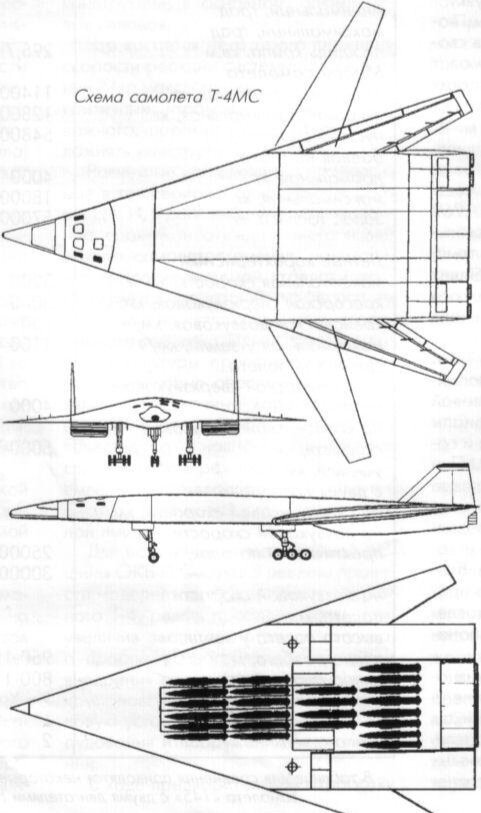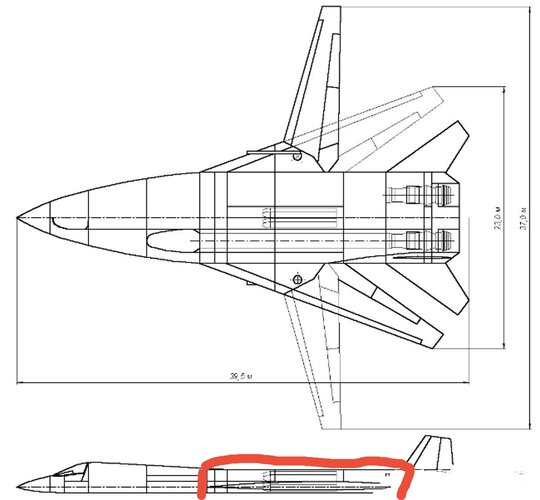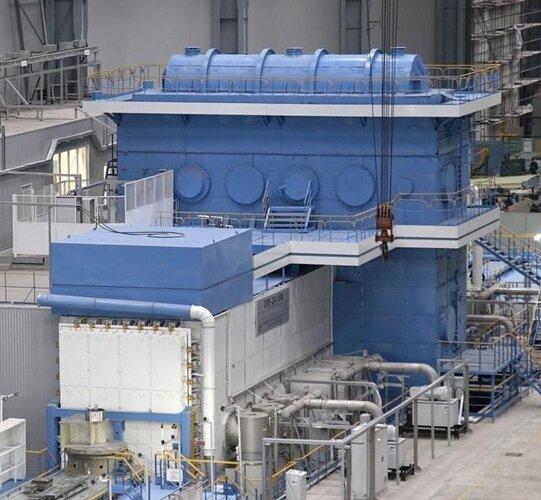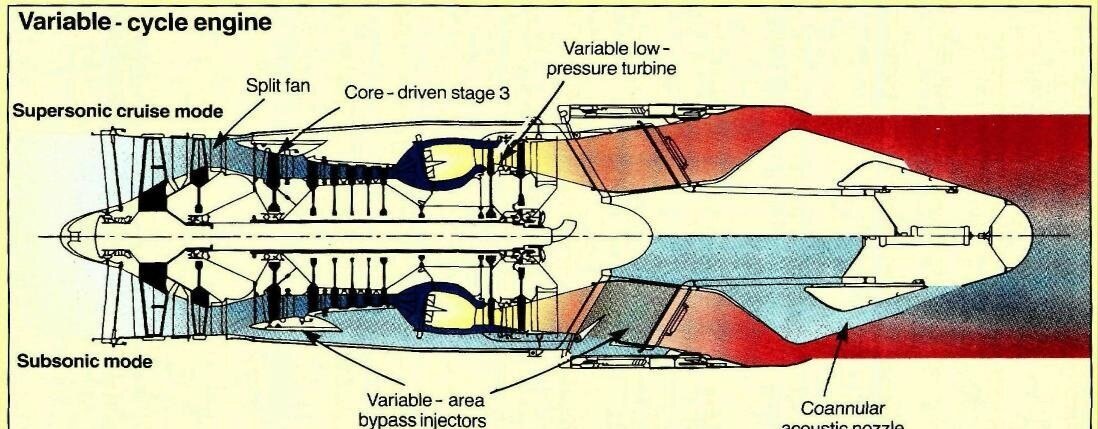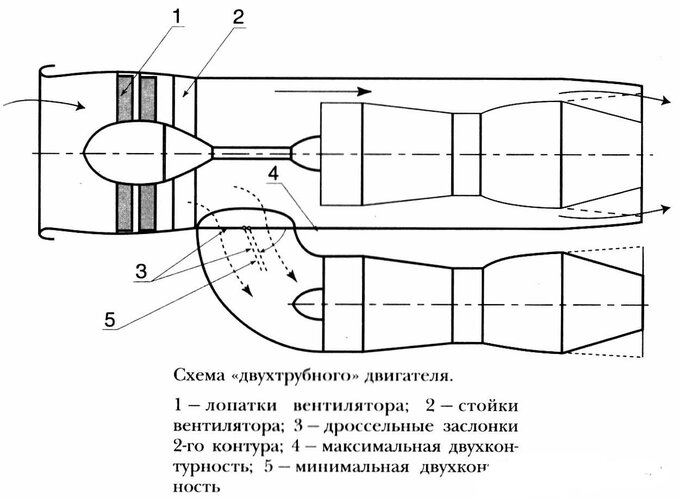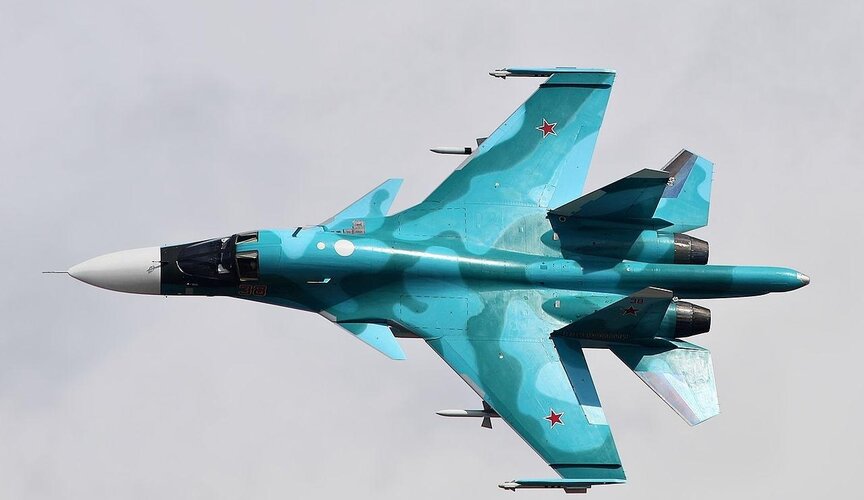trajan
ACCESS: Confidential
- Joined
- 23 October 2020
- Messages
- 114
- Reaction score
- 160
part1:
Lets start from su24
For a variety of reasons, mainly that the aviation industry was really not as advanced as that of the United States, the Soviet Union generally chose to copy the United States directly in its aviation industry.
For example, the original version of the early Su-24 prototype, the T-6-1, was actually of a completely different structure to the extant Su-24.


The T-6-1, which first flew in 1967, was a short take-off and landing fighter with four RD36-35 lift engines, quite different from today's Su-24.
So it is possible to answer that famous unsolved mystery in military fan circles: why does the F-111 have so much more range than the Su-24 when it also uses VG wings and is about the same size and weight?

( As you can see. Even the Su-24M, which entered service only around 1983, has a radius of only about 390 km (without secondary fuel tanks) for full ultra-low altitude defence at 200 metres with 3 tonnes of ammunition. This is a poor radius compared to the F-111(more than 800 km).)

(real serviced SU24 body same asT—6—1)
One of the main reasons for this was that the design of the Su-24, which was really in service, was changed after the F-111 structure was known, and the prototype T-6-2I only first flew in 1970. We can find many commonalities between the Su-24 and the T-6-1 prototype in terms of aerodynamic structure.
Due to hasty design changes, the VG wing of the T-6-2I/Su-24 was only used for short take-offs and landings with the lift engine of the T-6-1 removed, and was not optimised for subsonic and supersonic lift-to-drag ratios as was the case with the F-111.

AS you can see. The maximum subsonic lift-to-drag ratio of the F-111 is around 16, and any military aircraft with a higher subsonic lift-to-drag ratio would have to be the C-5/C-130.
While the maximum supersonic lift-to-drag ratio at Mach 2.5 is over 6.5 for the F-111, and any military aircraft with a higher supersonic lift-to-drag ratio than the F-111 would have to be the XB-70 or Concorde.(σ′▽‵)′▽‵)σ
The Su-24 was originally designed as a conventional wing with lift engines for short take-offs and landings, and the change to VG wings was too hasty, so the subsonic and supersonic lift-to-drag ratios were not excellent.
The maximum subsonic lift to drag ratio of the Su-24 is only about 9.5, and the maximum supersonic lift to drag ratio is less than 4. It is almost in the same league as the F-101/102.(ಡωಡ)hiahiahia
Lets start from su24
For a variety of reasons, mainly that the aviation industry was really not as advanced as that of the United States, the Soviet Union generally chose to copy the United States directly in its aviation industry.
For example, the original version of the early Su-24 prototype, the T-6-1, was actually of a completely different structure to the extant Su-24.
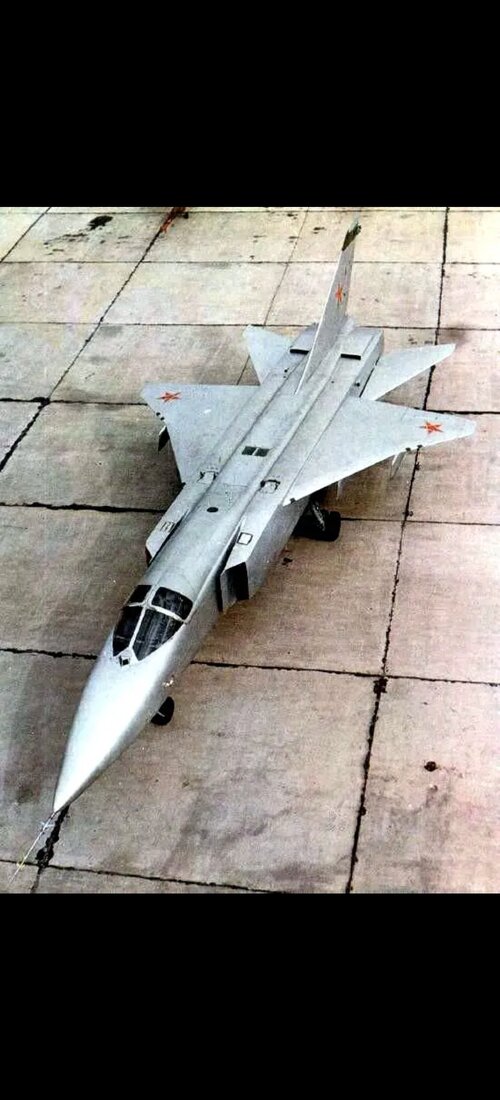
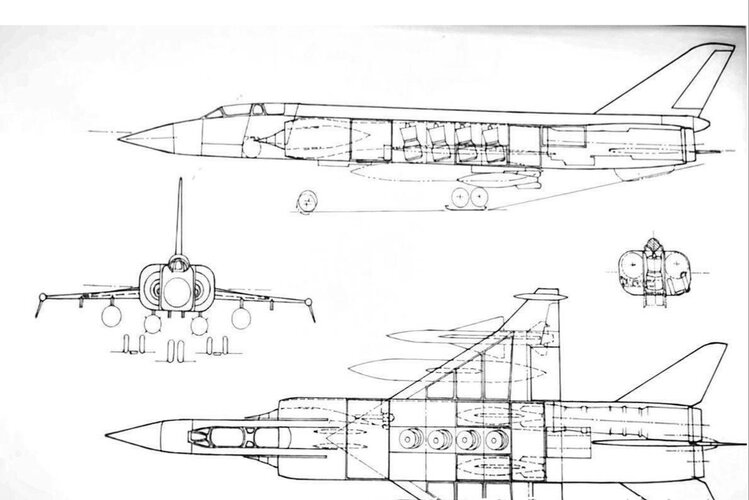
The T-6-1, which first flew in 1967, was a short take-off and landing fighter with four RD36-35 lift engines, quite different from today's Su-24.
So it is possible to answer that famous unsolved mystery in military fan circles: why does the F-111 have so much more range than the Su-24 when it also uses VG wings and is about the same size and weight?
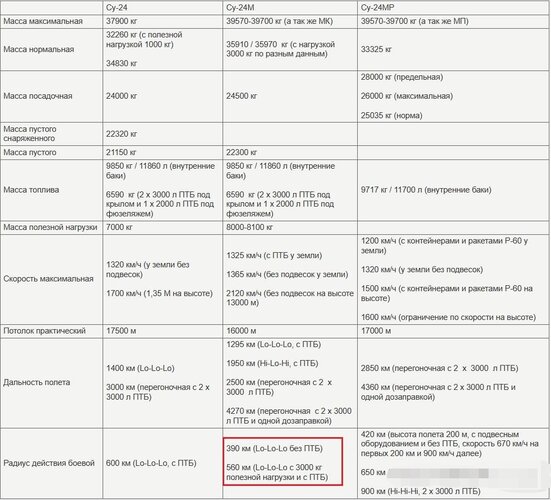
( As you can see. Even the Su-24M, which entered service only around 1983, has a radius of only about 390 km (without secondary fuel tanks) for full ultra-low altitude defence at 200 metres with 3 tonnes of ammunition. This is a poor radius compared to the F-111(more than 800 km).)
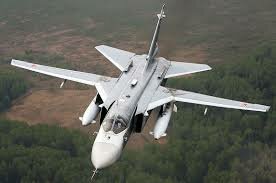
(real serviced SU24 body same asT—6—1)
One of the main reasons for this was that the design of the Su-24, which was really in service, was changed after the F-111 structure was known, and the prototype T-6-2I only first flew in 1970. We can find many commonalities between the Su-24 and the T-6-1 prototype in terms of aerodynamic structure.
Due to hasty design changes, the VG wing of the T-6-2I/Su-24 was only used for short take-offs and landings with the lift engine of the T-6-1 removed, and was not optimised for subsonic and supersonic lift-to-drag ratios as was the case with the F-111.

AS you can see. The maximum subsonic lift-to-drag ratio of the F-111 is around 16, and any military aircraft with a higher subsonic lift-to-drag ratio would have to be the C-5/C-130.
While the maximum supersonic lift-to-drag ratio at Mach 2.5 is over 6.5 for the F-111, and any military aircraft with a higher supersonic lift-to-drag ratio than the F-111 would have to be the XB-70 or Concorde.(σ′▽‵)′▽‵)σ
The Su-24 was originally designed as a conventional wing with lift engines for short take-offs and landings, and the change to VG wings was too hasty, so the subsonic and supersonic lift-to-drag ratios were not excellent.
The maximum subsonic lift to drag ratio of the Su-24 is only about 9.5, and the maximum supersonic lift to drag ratio is less than 4. It is almost in the same league as the F-101/102.(ಡωಡ)hiahiahia

